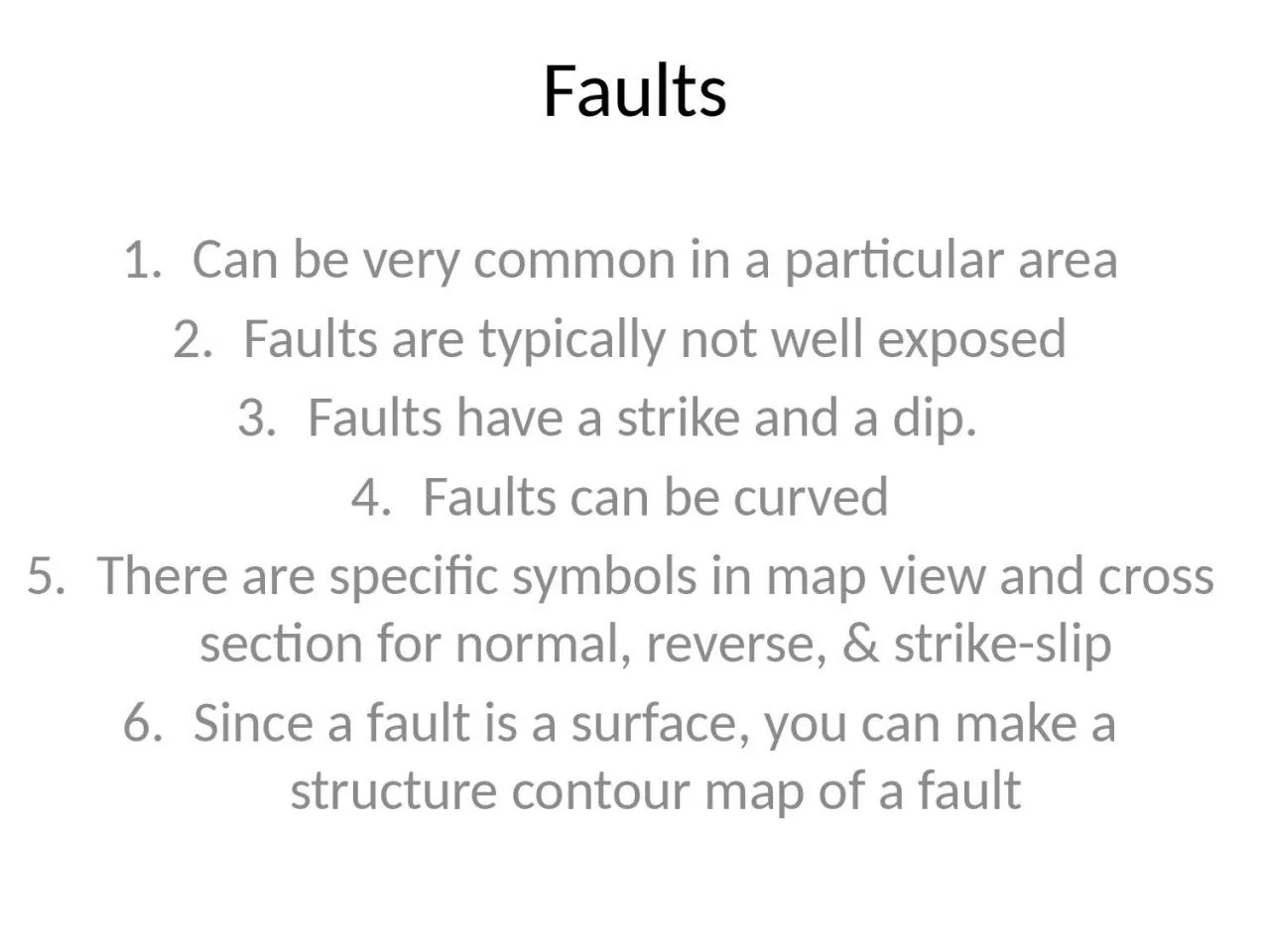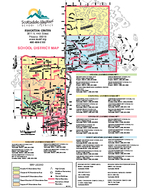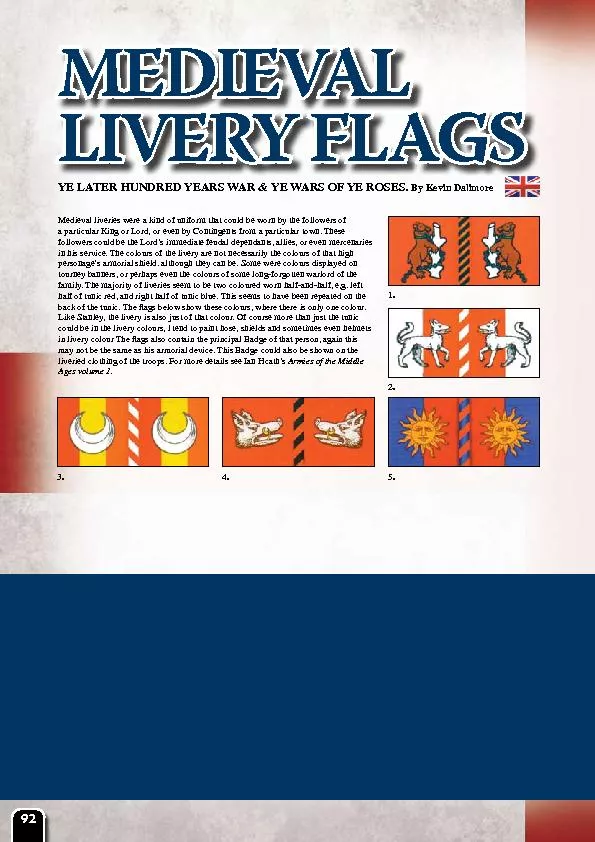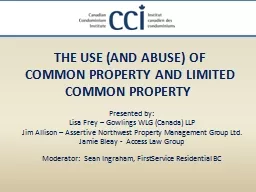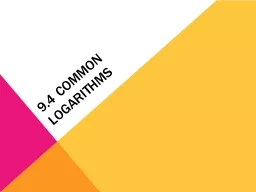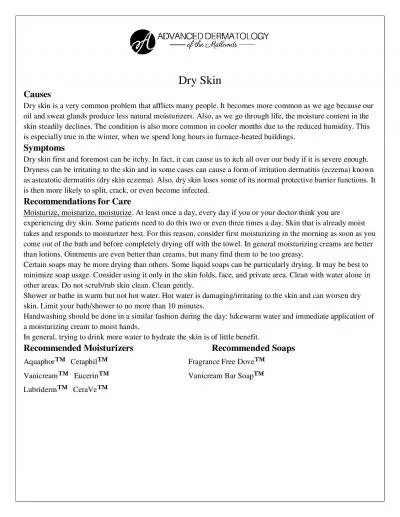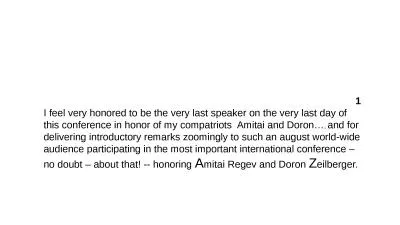PPT-F aults Can be very common in a particular area
Author : isabella2 | Published Date : 2023-10-04
Faults are typically not well exposed Faults have a strike and a dip Faults can be curved There are specific symbols in map view and cross section for normal
Presentation Embed Code
Download Presentation
Download Presentation The PPT/PDF document "F aults Can be very common in a particul..." is the property of its rightful owner. Permission is granted to download and print the materials on this website for personal, non-commercial use only, and to display it on your personal computer provided you do not modify the materials and that you retain all copyright notices contained in the materials. By downloading content from our website, you accept the terms of this agreement.
F aults Can be very common in a particular area: Transcript
Download Rules Of Document
"F aults Can be very common in a particular area"The content belongs to its owner. You may download and print it for personal use, without modification, and keep all copyright notices. By downloading, you agree to these terms.
Related Documents

